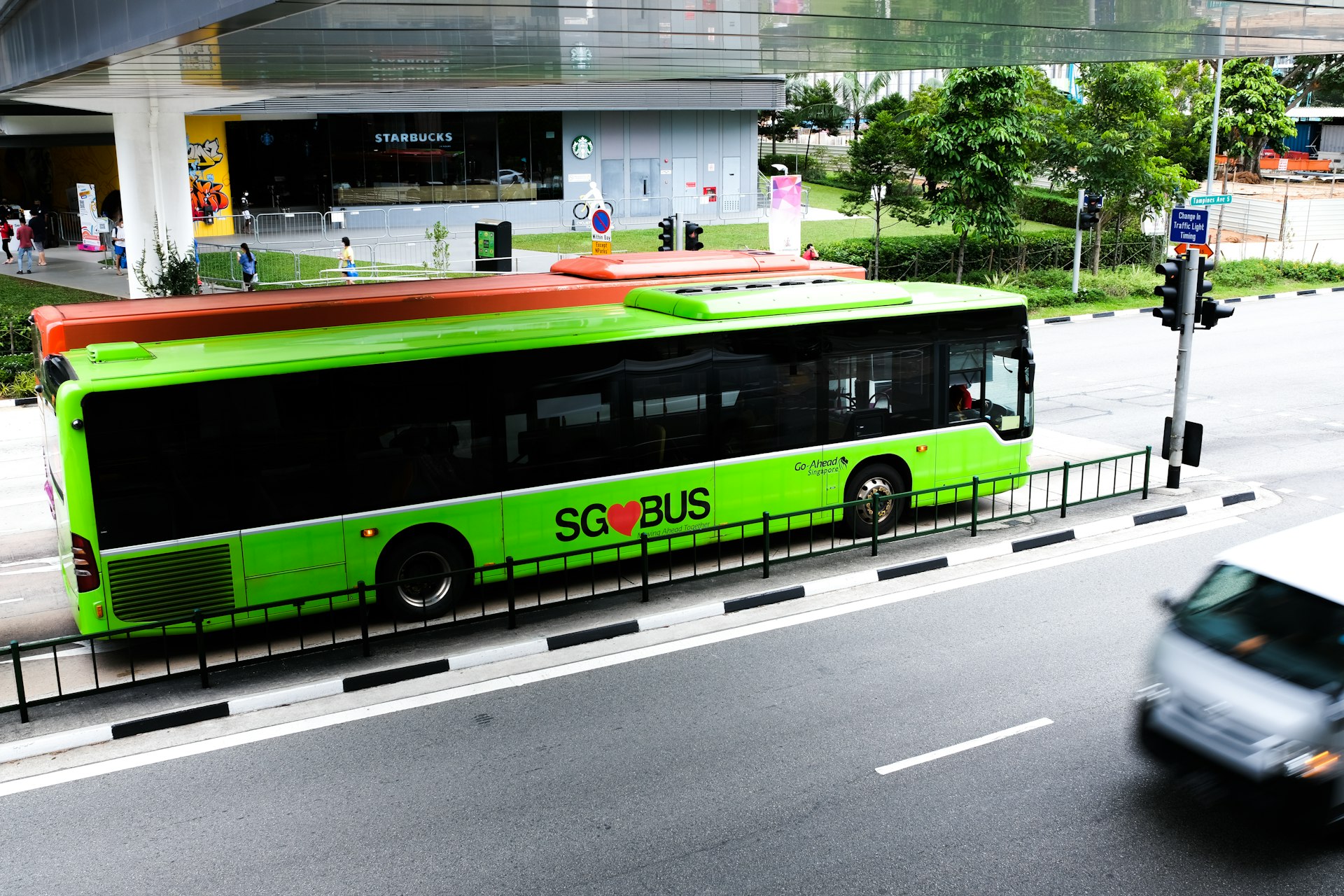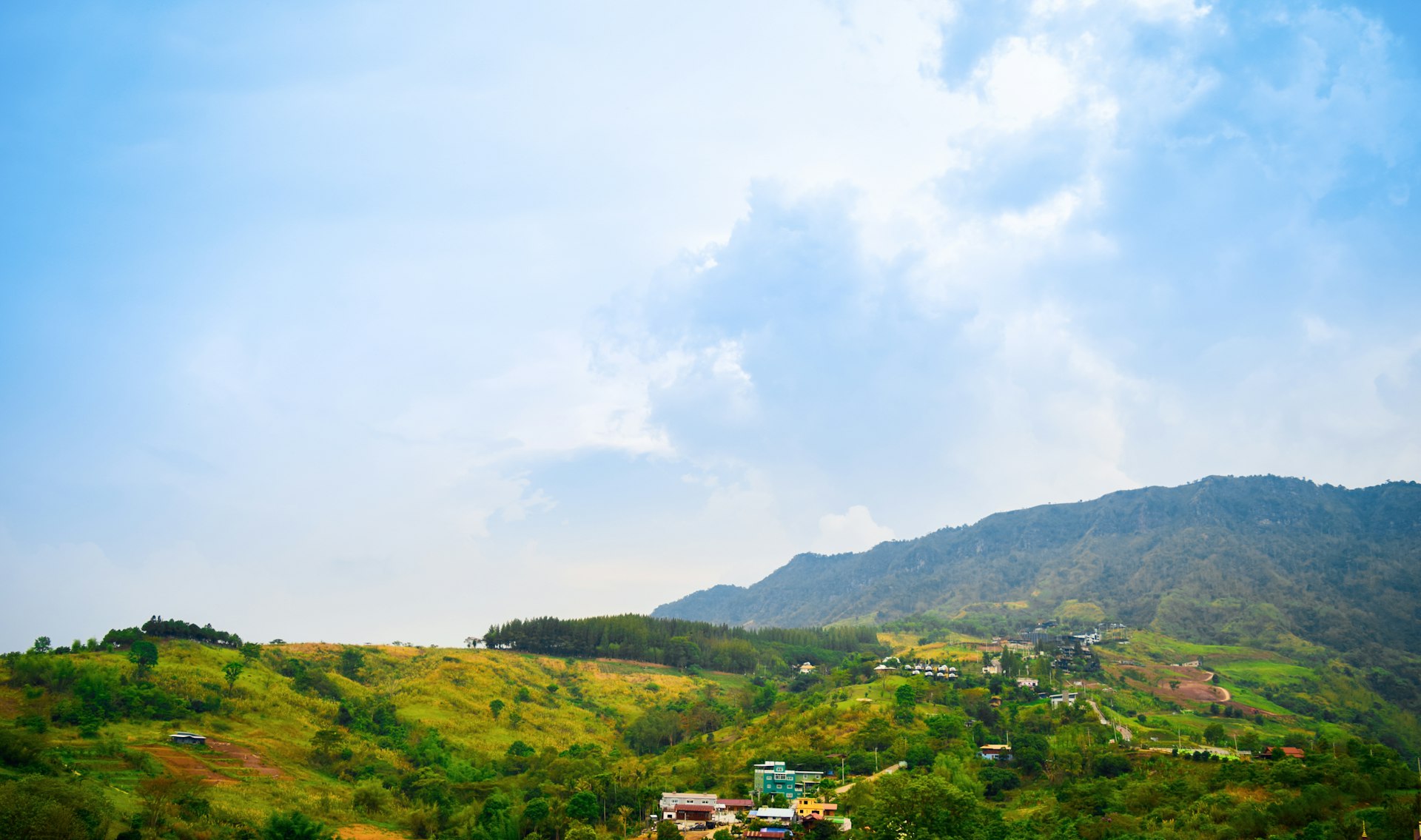Transformative Journeys: How Slow Travel Cultivates Mindfulness and Meaning

Photo by Afonso Morais on Unsplash
Introduction: The Essence of Slow Travel for Mindfulness
In an era where travel often means rushing from one landmark to another, slow travel offers a refreshing alternative that prioritizes mindfulness and meaningful experiences. Rather than focusing on quantity, slow travel encourages you to immerse yourself deeply in each destination, fostering a sense of presence and connection. This approach is gaining traction among travelers who seek personal growth, reduced stress, and authentic cultural experiences [1] .
What is Slow Travel?
Slow travel is a philosophy that centers around intentionality and presence. Instead of cramming multiple cities and activities into a single trip, it invites travelers to linger, observe, and engage with their surroundings at a comfortable pace. This might mean spending a week in a single village rather than hopping between several countries, or choosing to explore a city on foot rather than by car. The ultimate goal is to trade the hectic rush for quality time and authentic connection [5] .
Mindfulness: The Heart of Slow Travel
Mindfulness in travel means being fully present in each moment. Slow travel fosters mindfulness by removing the pressure to constantly move and see more. When you slow down, you can:
- Notice subtle details, like the play of light on ancient buildings or the aroma from a nearby bakery.
- Engage in genuine conversations with locals and fellow travelers.
- Reflect on your experiences, cultivating gratitude and awareness.
These mindful practices help soothe your nervous system, making travel a restorative, rather than exhausting, endeavor [5] .
Benefits of Slow Travel for Mindfulness
1. Deeper Cultural Connections
Staying longer in one place allows you to move beyond the “tourist bubble.” You interact with shop owners, neighbors, and local artisans, gaining insight into daily life and cultural traditions. For example, in Tuscany, spending time in a village provides opportunities to join cooking classes, visit vineyards, and participate in local events, fostering a richer cultural understanding [3] .
2. Reduced Stress and Travel Burnout
Fast-paced travel can lead to physical and mental exhaustion. By slowing down, you remove the stress of tight schedules and constant movement. This creates space for relaxation, allowing you to savor your surroundings and return home feeling truly refreshed [2] .
3. Authentic Experiences and Personal Growth
Slow travel encourages you to seek out authentic experiences, such as dining at family-run restaurants, exploring local markets, or joining community festivals. These encounters inspire personal growth, as you reflect on new perspectives and form lasting memories [1] .
4. Sustainability and Responsible Tourism
Mindful travel often includes choosing eco-friendly accommodations, minimizing waste, and respecting local customs. By reducing the frequency of flights and long-distance travel, slow travelers help lower their carbon footprint and support sustainable tourism initiatives [4] .
How to Practice Slow Travel for Mindfulness: Step-by-Step Guidance
Step 1: Set Your Intention
Begin by deciding what you want to achieve from your trip. Are you seeking relaxation, cultural immersion, or personal growth? Your intention will guide your choices and help you stay present.

Photo by Nawartha Nirmal on Unsplash
Step 2: Choose Fewer Destinations
Limit your itinerary to one or two locations. Spend at least several days-preferably a week or more-in each place to allow time for meaningful exploration and connection.
Step 3: Select Mindful Accommodations
Consider staying in locally owned guesthouses, eco-lodges, or homestays. These options foster a sense of community and often provide opportunities for cultural exchange.
Step 4: Engage in Slow Activities
Embrace activities that naturally encourage mindfulness, such as walking tours, cycling, hiking, or yoga retreats. Participate in local workshops or volunteer programs to deepen your engagement.
Step 5: Practice Mindful Awareness Daily
Take time each day to reflect, journal, or meditate. Notice your surroundings, appreciate small details, and connect with your feelings. This practice enhances your sense of presence and joy.
Real-World Examples and Case Studies
Travelers who have adopted slow travel often report transformative experiences. For instance, spending several weeks in a rural area of France allowed one traveler to learn bread-making from a local baker, participate in village festivals, and forge deep friendships. Another traveler in Japan chose to stay in a single town for a month, immersing themselves in local customs and practicing daily mindfulness walks through serene gardens.
Potential Challenges and Solutions
Slow travel is not without its challenges. You may feel pressure to “see more” or fear missing out. To overcome this, remind yourself of your intentions and focus on quality over quantity. Flexibility is key-embrace unexpected changes and allow your journey to unfold naturally.
Budgeting can also be a concern. While slow travel can reduce transportation costs, longer stays may require careful planning. Look for discounts on extended accommodations or explore work-exchange programs for affordable options.
Alternative Approaches to Mindful Travel
If extended travel is not feasible, you can still practice mindfulness by slowing down your pace during short trips or even weekend getaways. Choose activities that promote reflection and connection, such as nature walks, art workshops, or local food tours. Mindfulness is about intention, not duration-any trip can be made more meaningful by focusing on the present moment.
How to Access Slow Travel Opportunities
To find slow travel experiences, consider the following strategies:
- Search for “slow travel” retreats, eco-lodges, or cultural immersion programs using reputable travel platforms.
- Contact local tourism boards for information on authentic, community-based experiences.
- Ask for recommendations from travelers who have practiced slow travel, either through online forums or social media groups.
- Look for organizations that promote sustainable and mindful travel, such as those listed on established wellness or travel sites.
If you are interested in specific programs, search for terms like “slow travel mindfulness retreats” and “community-based tourism” through trusted sources. Always verify the legitimacy of any provider before booking.
Summary and Key Takeaways
Slow travel for mindfulness transforms the way you experience the world, shifting the focus from hurried sightseeing to meaningful presence and connection. By embracing a slower pace, you can reduce stress, foster personal growth, and positively impact both yourself and the communities you visit. Whether you choose an extended stay or a mindful weekend getaway, the principles of slow travel offer practical pathways to a richer, more fulfilling journey.
References
- [1] CreateJoyTravel (2024). The Holistic Wellness Benefits of Slow Travel.
- [2] EcoFlow (2025). What is Slow Travel? 8 Important Benefits & 6 Practical Tips.
- [3] TicketingHub (2025). The Rise of Slow Tourism: Embracing Mindful Travel.
- [4] SwellWomen (2024). Embracing Slow Travel for Mindfulness.
- [5] Calm Blog (2025). Why “slow travel” could change how you see the world.



